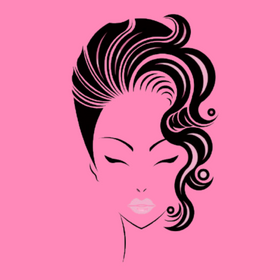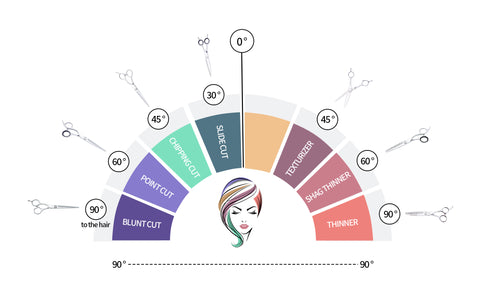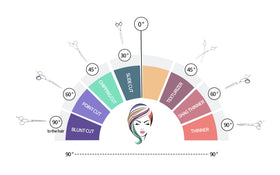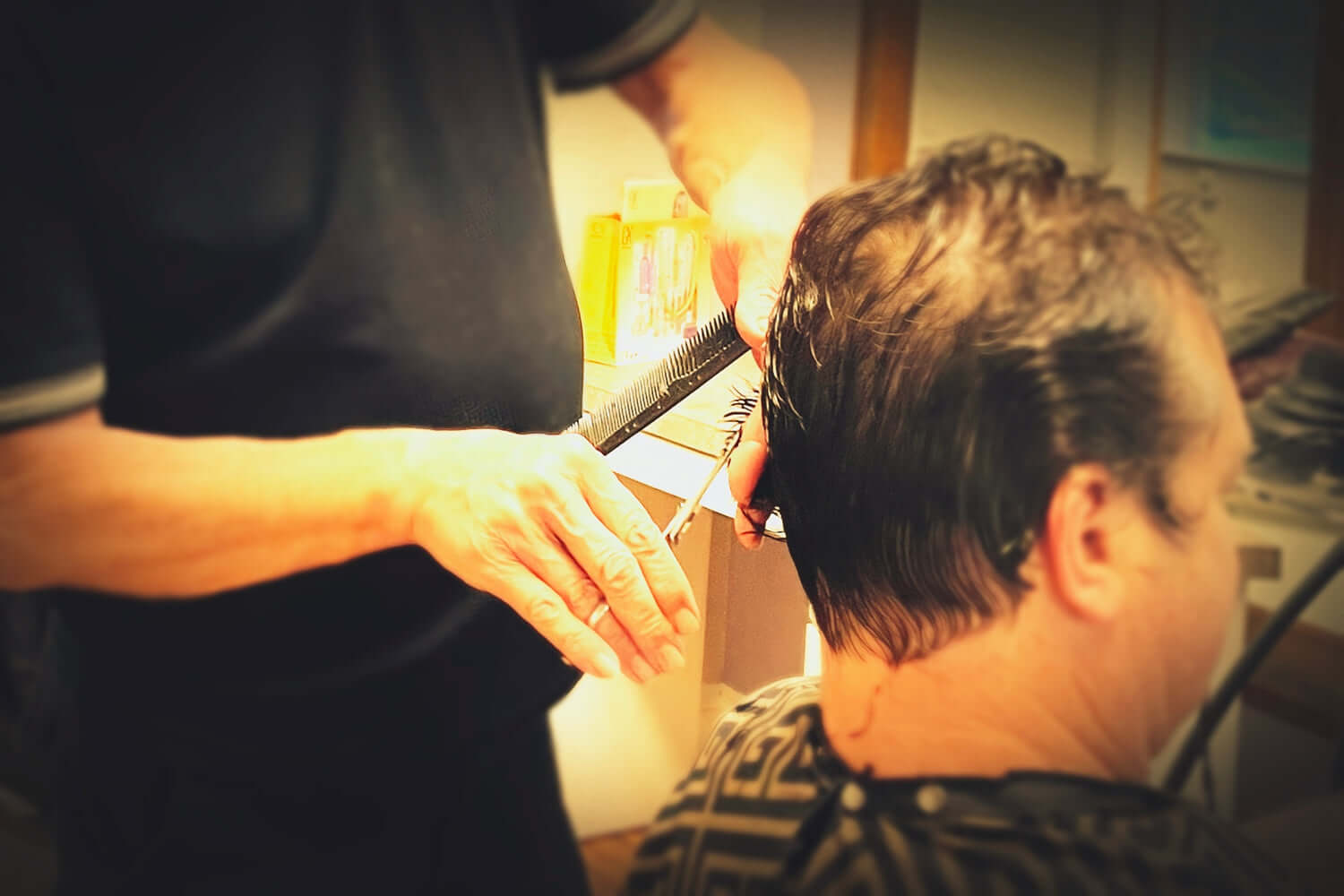The Fascinating History of Hair Scissors

The Fascinating History of Hair Scissors: From Past to Present

Introduction
Hair cutting is an ancient practice, and throughout history, different cultures have developed unique tools to trim and shape hair. The hair scissors we use today have evolved significantly from their earliest forms, improving in precision, design, and materials over centuries.
In this article, we will take a journey through time to explore the fascinating history of hair scissors, from their origins in ancient civilizations to the high-tech, ergonomic shears used by modern hairstylists.
Ancient Beginnings: The First Hair Cutting Tools
Long before modern scissors existed, early humans used primitive tools such as sharp stones, shells, and flint knives to cut hair. The first known examples of scissors-like tools date back to around 1500 BCE in Ancient Egypt and Mesopotamia.
Bronze Age Scissors (1500 BCE – 500 BCE)
- The earliest scissors were spring scissors, made from a single piece of metal bent into a U-shape.
- These scissors required users to squeeze the blades together, and they would spring back open automatically.
- Found in Mesopotamia and Ancient Egypt, these tools were used for cutting hair, textiles, and even animal wool.
Iron Age and the Roman Influence (500 BCE – 400 CE)
- Around 400 BCE, the Romans improved the design by introducing pivoted scissors.
- These scissors had two blades connected by a central pivot, allowing for more precise and controlled cutting.
- Roman barbers, known as tonsors, used these shears to trim the hair and beards of aristocrats.
The Middle Ages: The Rise of Specialized Shears (5th - 15th Century)
During the Middle Ages, scissors became more common and accessible. Blacksmiths across Europe and Asia refined the scissor-making process, creating stronger and more durable shears.
Key Developments:
- Scissors were primarily made of iron and required frequent sharpening.
- Barbers and surgeons used similar tools for cutting hair and performing minor medical procedures.
- The Moors introduced advanced metalworking techniques in Spain, influencing European scissor production.
By the end of this period, scissors had become a crucial tool for barbers and hairdressers, laying the foundation for the professional hair industry.
The Renaissance and Early Modern Period (16th - 18th Century)
With advancements in metallurgy, scissors became more refined and specialized.
Scissors in the 16th and 17th Centuries
- Renaissance artisans began crafting decorative, high-quality scissors with engraved handles.
- Hairdressing evolved as a profession, particularly in France, where King Louis XIV popularized elaborate hairstyles.
- Scissors were still handcrafted, making them expensive and a luxury for the wealthy.
Industrial Revolution: Mass Production of Scissors (18th - 19th Century)
- The Industrial Revolution (1760 - 1840) transformed scissor manufacturing.
- Sheffield, England became the world’s center for high-quality steel scissors, producing tools used by barbers globally.
- Pivoted scissors became the standard design, with improvements in handle comfort and blade sharpness.
During this time, scissors were no longer exclusive to the elite, and more people could afford professional haircuts.
The 20th Century: The Birth of Modern Hair Shears

The 20th century marked the beginning of precision hairdressing with the invention of ergonomic shears.
Key Innovations:
- 1920s-1950s: Barbershops flourished, and specialized hairdressing shears were introduced.
- 1960s-1970s: The rise of unisex salons increased demand for high-quality scissors.
- 1980s: Japanese companies revolutionized the industry with convex-edged blades, providing smoother cutting.
By the late 20th century, scissor designs evolved to include ergonomic handles, adjustable tension systems, and premium steel materials.
The 21st Century: High-Tech Hairdressing Shears
Today’s hairdressing scissors are precision-engineered using the latest technology.
Modern Scissor Features
- Japanese Stainless Steel (e.g., ATS-314, VG-10): Provides superior sharpness and durability.
- Ergonomic Handles: Reduces wrist and hand strain for hairstylists.
- Swivel Thumb Shears: Improve cutting flexibility and reduce repetitive stress injuries.
- Titanium-Coated Blades: Enhance durability and corrosion resistance.
Customization & Personalization
- Many hairstylists now use customized shears, tailored to their cutting style.
- Scissors are available in various blade types (straight, convex, serrated) to suit different techniques.
- Left-handed shears have become widely available, improving accessibility for all stylists.
The Future of Hair Shears
As technology advances, we can expect even smarter and more ergonomic hair shears.
Potential Future Innovations:
- Self-sharpening blades that maintain sharpness over time.
- AI-assisted cutting tools that analyze hair texture for precise cuts.
- Lightweight carbon fiber handles for even greater comfort.
The history of hair scissors is a testament to human ingenuity, constantly improving to meet the needs of hairstylists around the world.
Conclusion
From the primitive cutting tools of early civilizations to the precision shears used today, the evolution of hair scissors has been remarkable. Over thousands of years, materials, designs, and technology have continually improved to make hair cutting more efficient and comfortable.
Today, hairstylists have access to high-quality, ergonomic, and precision-engineered shears that enhance their craft. As we look to the future, innovations in materials and design will continue to shape the way hairdressing shears are made.
For professional hairstylists, investing in premium-quality shears is essential to achieving the best results. If you're looking for authentic Japanese hair shears, explore the latest collection from Michiko Select for top-tier craftsmanship and precision.






